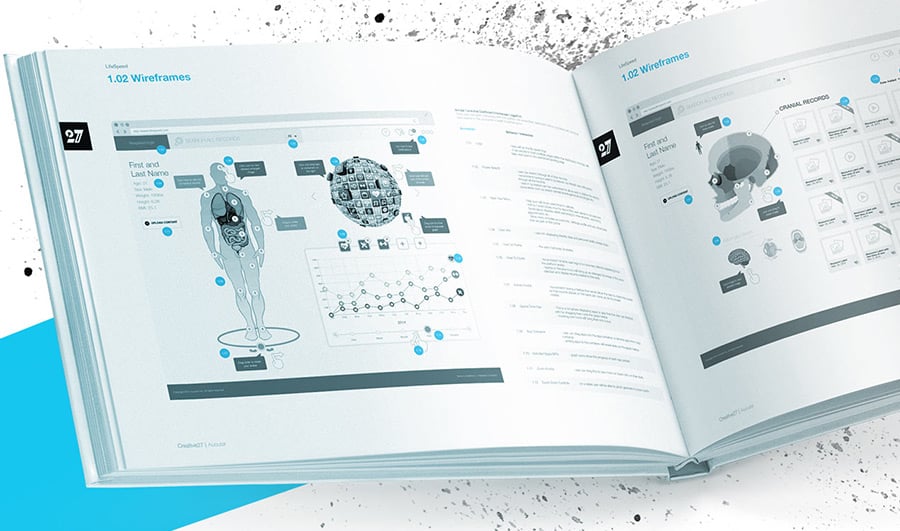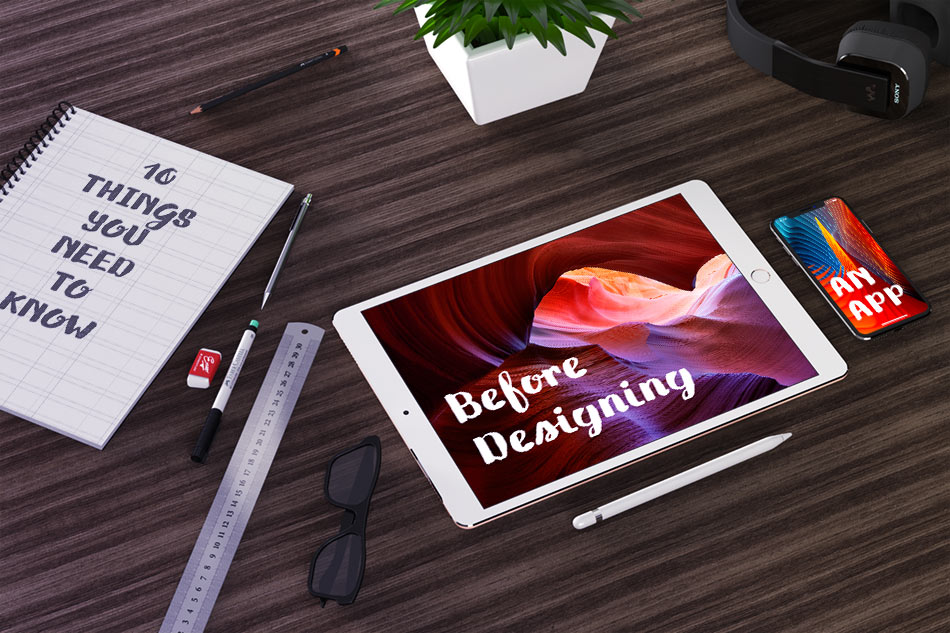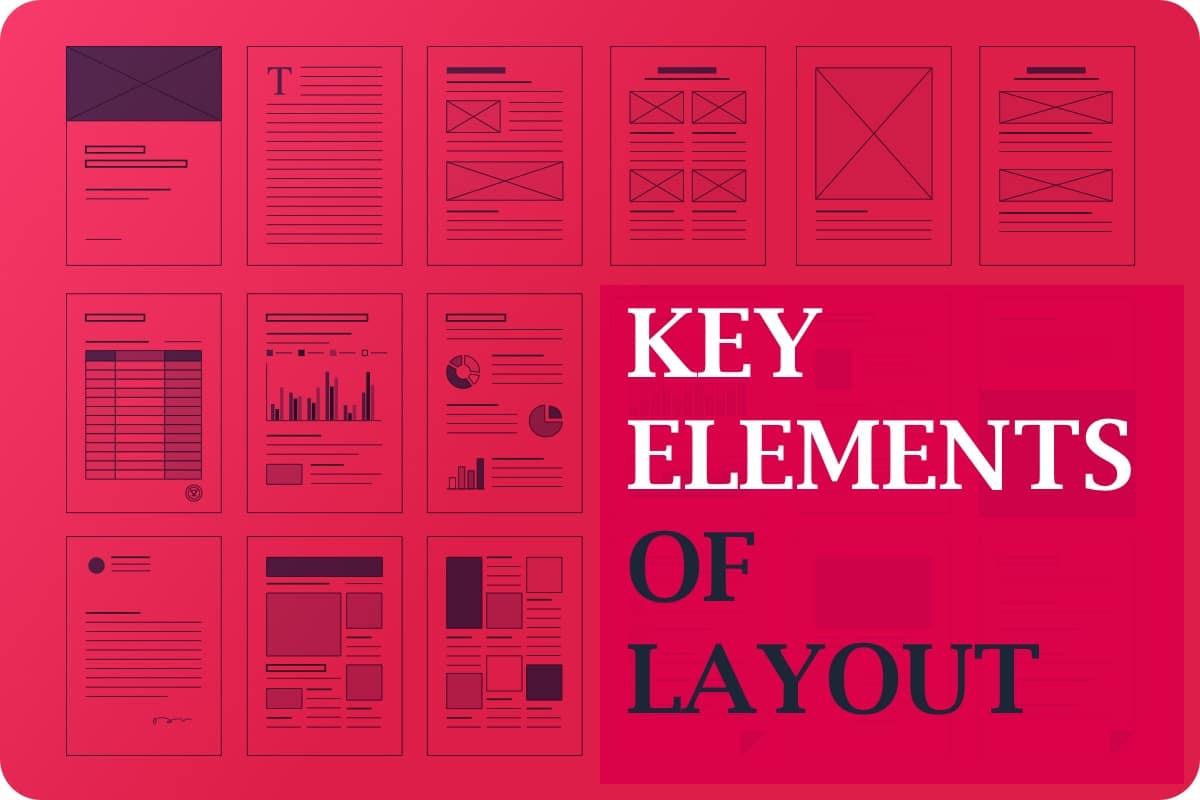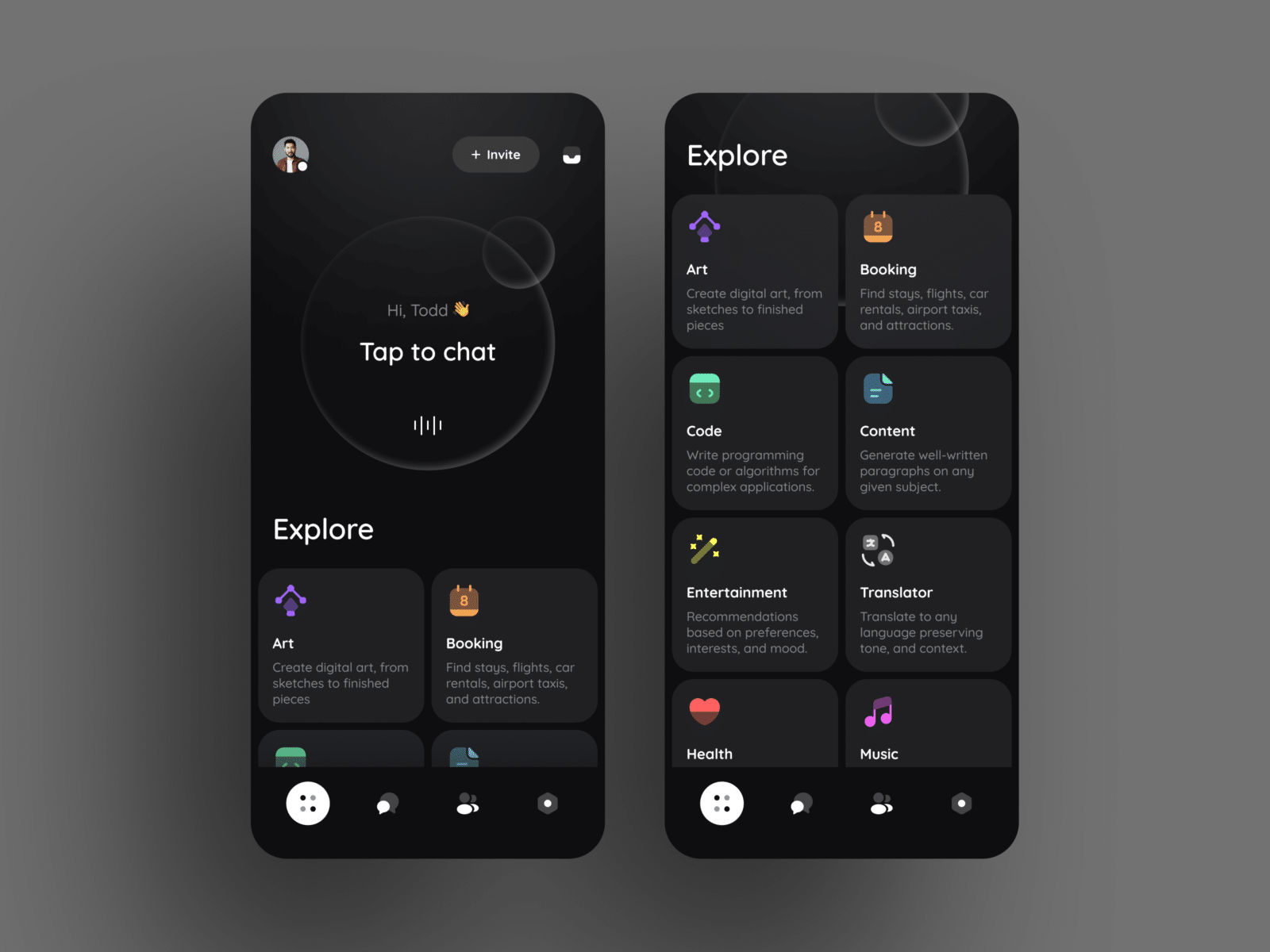Design research is an invaluable part of product development. While companies will often try to make excuses to skip the process, they can’t afford to do without it.
It’s normal to feel overwhelmed when trying to find your niche and determine your customer segment. However, rather than gamble on the success of your product, investing in design research and discovery will provide important revelations that your product design process requires to succeed.
Once you have completed product production, marketing, and finally launching the product, you leave it to do the work for you. While you can run some ads to grab the attention of the consumer, your products will ultimately end up at the shelves for the consumer to choose from.
How can you ensure that your product will continue to thrive long after the press and the attention?
You have to trust that your design process created a user-satisfying product that consumers will keep buying.
Design research refers to a compilation of knowledge assembled through a process of stakeholder interviews, domain research, user interviews, and more to guide the creation of a product.
Designers thrive when they understand what makes people tick. It gives them context, allowing them to shape their ideas while considering what people want, need, and desire, and therein, they focus all creative energy.
Importance of Conducting Research in Design
Pursuing innovation is not always the best course of action to take. You’d be better sticking to methods that are tried and tested instead of trying something completely new. Thorough research in design provides insight into the latest design trends, consumer buying patterns, and competitor strategies.
Here are 5 reasons why research and discovery in design is a vital investment to make.
When it comes to design, ‘behavior’ is everything – it’s the oracle and the source. When a designer thinks about behavior, they delve deeper than what marketers call “consumer behavior”. They focus on systems behavior, be it technical, social, political, or economic.
You may be wondering how political systems affect your product. Well, gone are the days where problems are isolated. Your company and your product could face ill-defined problems related to the functioning of entire systems.
Research design gives the designer two types of insight. The first is a sense of action, which leads to empathy for the consumer. Secondly, understanding behavior will provide the design process with clues about patterns and practices.
Why does culture matter so much to designers? You see regardless of how you look at it, culture is often a fuzzy concept that is constantly changing. Some of its elements are so deeply obvious and familiar that we often don’t recognize their contribution to culture at all.
An intimate understanding of user research is critical for designers. The design team needs to immerse itself fully in the user research and models coming out of the research, it becomes much easier to design a product that meets the user’s needs rather than themselves.
Photo by You X Ventures on Unsplash
Corporate culture has a significant role to play in product development. Design research will reveal information about the company’s goals and objectives, by conducting stakeholder interviews. Interaction with the users and asking simple questions about obvious things will give the designer some rich insights and unexpected answers.
Reflecting on these insights will definitely influence some nuances in the design process.
Context covers a wide array of things including physical and virtual settings in which behavior occurs in, shaped by culture. It involves identifying the touchpoints between the consumer and the product. These decisive moments where the consumer and the business intersect are critical in defining context.
By being a participant-observer or watching videos and pictures taken from the field, the designer can understand the real context for the design work.
Design research will involve conducting domain research whose focus is the big picture of the product space. The design team is tasked with conducting competitive analysis. This information will help identify other existing products and services that are solving similar problems or offering complementary features. During this process, the designer will need to identify a subject matter expert to use as a resource throughout the project.
In order to effectively immerse yourself in the product domain, you need to spend some time with this expert before you conduct user interviews. This will give the design team an overall understanding of the terminology, lingo, and vocabulary used within the industry and the consumer space.
Some of the most notorious problems in design are ill-defined problems, lack of patience, and short project deadlines. Conducting research demands that you’re comfortable with ambiguity during the early stages of a product project in order to finally achieve clarity.
This clarity will come after the cutting down of raw data to reveal patterns and themes. This clarity will then enable the designer to focus on the right part of the problem, which involves asking the question, “What problem does this product seek to solve?”
The answer to this question will allow the designer to focus on providing a timely solution in the right way. Finding the focus raises the question of the boundaries of the problems. Design research isn’t necessarily a scientific concept. It gives designers a nuanced understanding of the consumers for whom they are designing the product.
It addresses answers to some of the most critical questions in product development. These include:
- What is the correct service or product to design?
- What should it have?
- What should its characteristics be?
- Is it working as it was intended to?
Investing in Design Research Helps Improve UX

Just like any other aspect of product development, design research is critical. It will help guide all your decisions about how customers interact with your brand. Creative27 design academy program will give you world-class design research for your product.
Contact us to take a program to help you learn everything you need to know about design research.

















